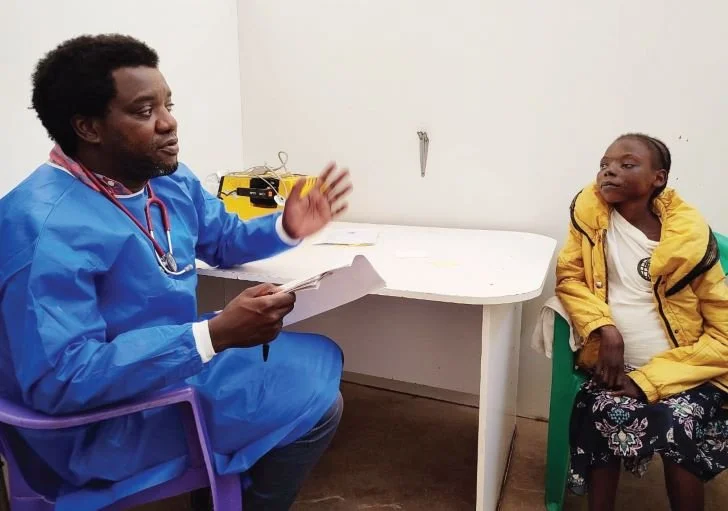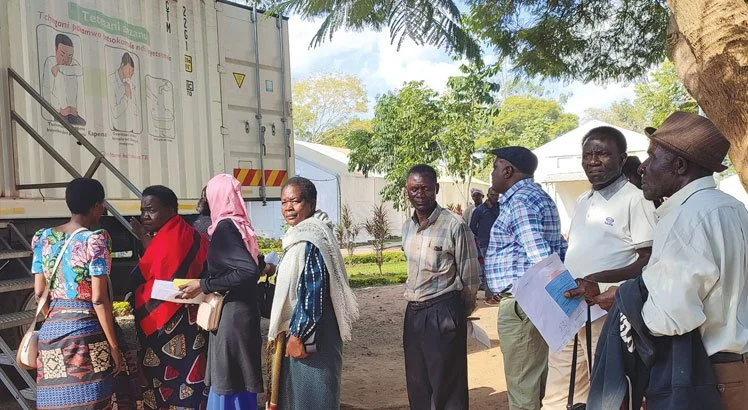A Healing Touch: Five Days That Rewired Malawi’s Cardiac Care
On a humid morning in Blantyre, the triage line curled through Queen Elizabeth Central Hospital like a question mark. Blood-pressure cuffs hissed, stethoscopes traded hands, and a visiting cardiology team from Tanzania’s Jakaya Kikwete Cardiac Institute (JKCI) set to work alongside Malawian clinicians. In five days, they saw more than 700 patients. The numbers are stark—524 with heart disease, 60 requiring urgent intervention, 200 destined for open-heart surgery—but the mood in the wards was something rarer: relief braided with resolve.
The mission was tightly choreographed by Tanzania’s Medical Tourism Committee, led by Dr. Mohamed Janabi and his vice chair Abdulmalik Mollel, and on the ground by JKCI’s delegation lead, Dr. Angela Muhozya. The roster was lean—pediatric and adult specialists, a small cohort of nurses and technicians—but the effect was outsized. Families who had waited months for answers got them in an afternoon. Children with rheumatic valve disease were mapped for surgery. Adults with advanced heart failure left with plans that made sense: medication in hand, follow-up dates, and a path forward that didn’t hinge on luck.
Dr Chimota Phiri talks to one of the patients
The camp also surfaced a truth everyone in the room already knew: Malawi’s cardiovascular burden is heavy and rising. Rheumatic heart disease, often diagnosed late, still shadows the young; coronary risk is climbing with urban living; and specialist capacity remains thin. More than 500 Malawians wait for overseas treatment each year, a costly detour that few can afford and the system can’t sustain. The Health Minister, Khumbize Chiponda, put it plainly during a ward visit—Malawi needs a homegrown center for specialized cardiac care, and it needs one soon.
Numbers can clarify; stories persuade. Patients like Naomi Kachule and Rose Magombo—whose lives had narrowed to symptoms and worry—walked out with letters, referrals, and something less quantifiable: a sense that the system could move. That movement mattered to the clinicians too. Malawian teams worked shoulder-to-shoulder with JKCI colleagues, swapping protocols and tricks of the trade: when to escalate, how to streamline pre-op workups, which cases can wait and which cannot. Knowledge didn’t just land; it circulated.
About 150 people with heart-related conditions turned up for a cardiology camp at QECH
What happens after the tents come down is the real test. The camp offered a template for the urgent next steps: train more cardiac nurses and echo technologists; formalize referral pathways from district hospitals; add surgical and ICU capacity in stages; stock the pharmacies with a reliable supply of heart-failure and anticoagulation meds; and protect families from catastrophic costs. This isn’t glamorous work. It’s plumbing—connecting clinics to theaters, protocols to practice, hope to an operating list.
Collaboration remains the throughline. Malawi cannot carry the cardiac burden alone; neither can any visiting team. But together—Malawian hospitals, regional centers like JKCI, and mission-driven partners—the country can convert episodic relief into durable capacity. Five days in Blantyre proved what is possible when expertise crosses borders and lands with humility.
The camp didn’t fix everything. It did something quieter and more important: it reset expectations. Patients learned that answers need not take years. Clinicians saw how a tighter pathway can turn a queue into a calendar. And a nation was reminded that specialized heart care is not a luxury; it is the minimum standard for a future where fewer families are asked to choose between their savings and their lives.



